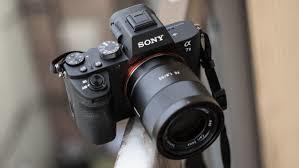Synergy
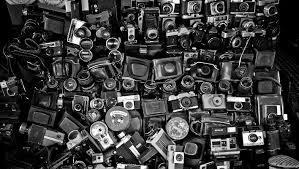
While occasionally the blog discusses the tools we use to make our pictures the emphasis is more often on the pictures themselves, mine and others.
But an email last week from Mark Thayer, a long-time-ago student, friend and colleague asked me about the connection between the cameras we use and the pictures we make. And, are there cameras that have helped us make better pictures, and that are in tune with our sensibilities and proclivities? In short, have there been cameras that we've used that have enabled us to be able to work synergistically.
For me, yes, a few. Let me cite them: Early in my career the Rollei SL66. A beast of a medium format camera that was really a "systems" camera in that many parts could be swapped out. Came with great Zeiss glass. My first foray into very high-quality picture making. Later the Hasselblad SWC, perhaps the most seductive, simple, and elegant solution ever for making very high-quality pictures easily and without drawing attention to itself. The Toyo Field 810 camera: my main picture maker for 25 years. And, more recently, the Nikon D810 and then just a couple of years ago moving up to the Nikon D850, too big by far, but easy, smooth, dead reliable and responsible for some of my best pictures recently.
The analogy of a race car driver comes to mind in this context. He/she works closely with the builders, mechanics, and engineers to refine the car to make it faster; driving, testing, making changes and adjustments to eke out all it can give in performance. Through this, the driver becomes at one with the car. And so, though totally dependent on this complex machine for his/her win, it is the driver that is the artist, working in sympathy with the machine to deliver the win.
Cameras I have fought with or did not get along with? The Nikon D800e, a camera brought to market prematurely with a mirror and shutter that caused vibrations that ruined your pictures. And right now, a love-hate relationship with the Sony A series of full-frame cameras, currently for me the A7r mk IV. I love what it can do and its size too but the menu is byzantine and with 61 mp in your hand, it is a very demanding camera in use as it demands great steadiness.
I've written about some of my good ones in past blogs: Rollei, Hasselblad SWC, Toyo Field, Nikon D850.
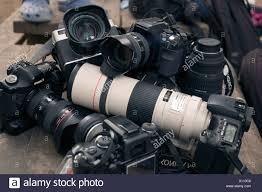
In photography, it seems most of us are dependent on these complicated intricate machines to make our work. We are technology dependent. Choosing camera equipment that forms a synergistic relationship between you and the gear can make all the difference. Add the extent of your time spent with it so that it fades away to almost nothing in use helps to make your pictures fluent, refined and elegant. Choose well, my friends. And, if the camera is fighting you, get rid of it.
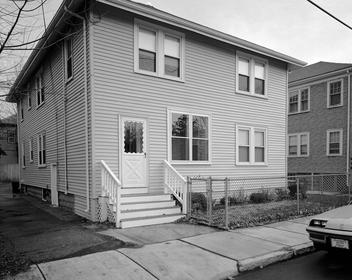
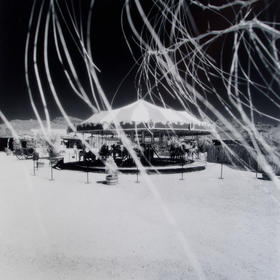
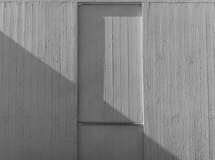
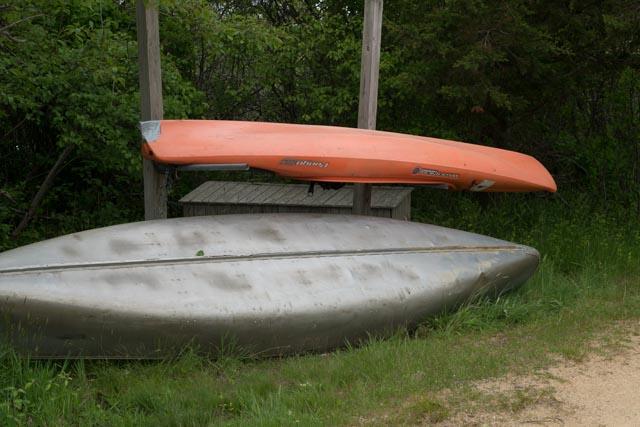 Sony A7R mk ll, Vello adapter, Nikkor 24-70mm f2.8
Sony A7R mk ll, Vello adapter, Nikkor 24-70mm f2.8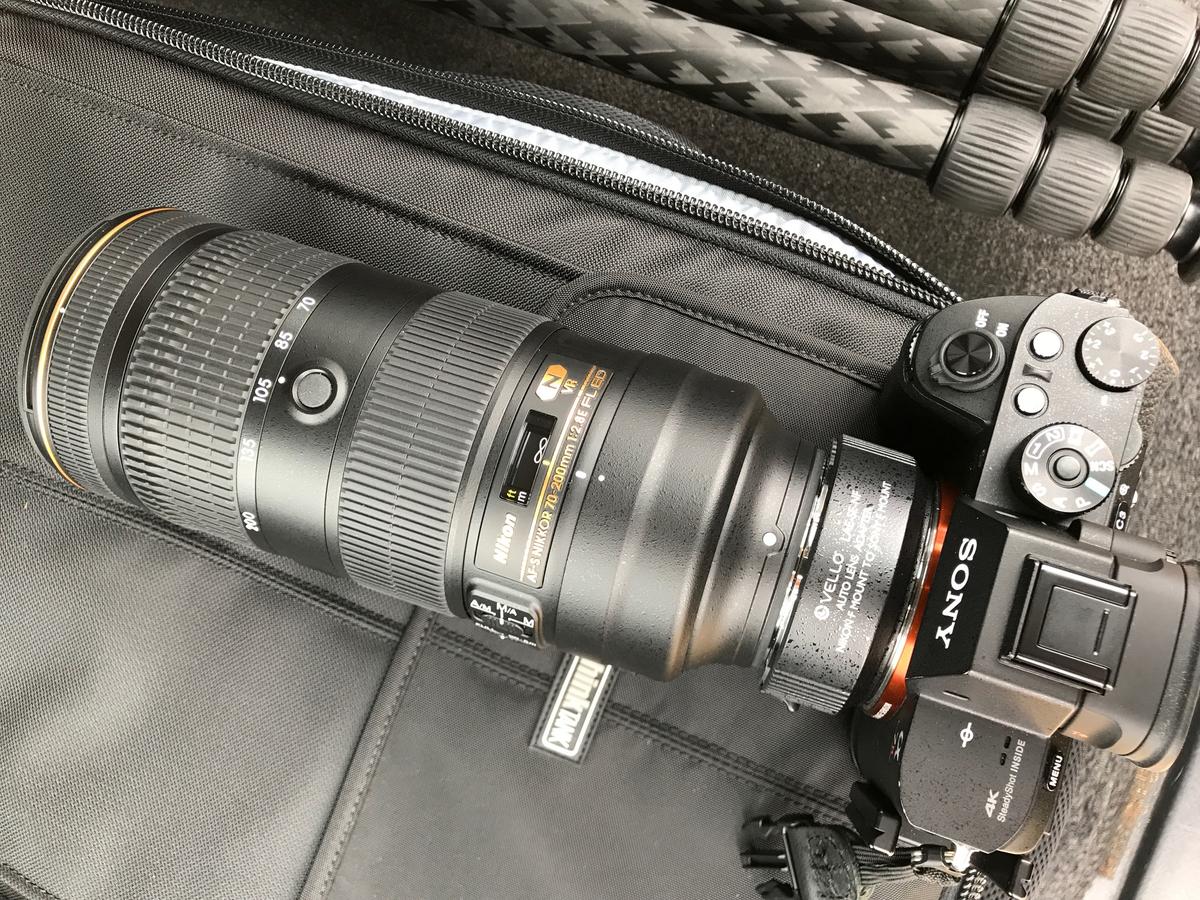
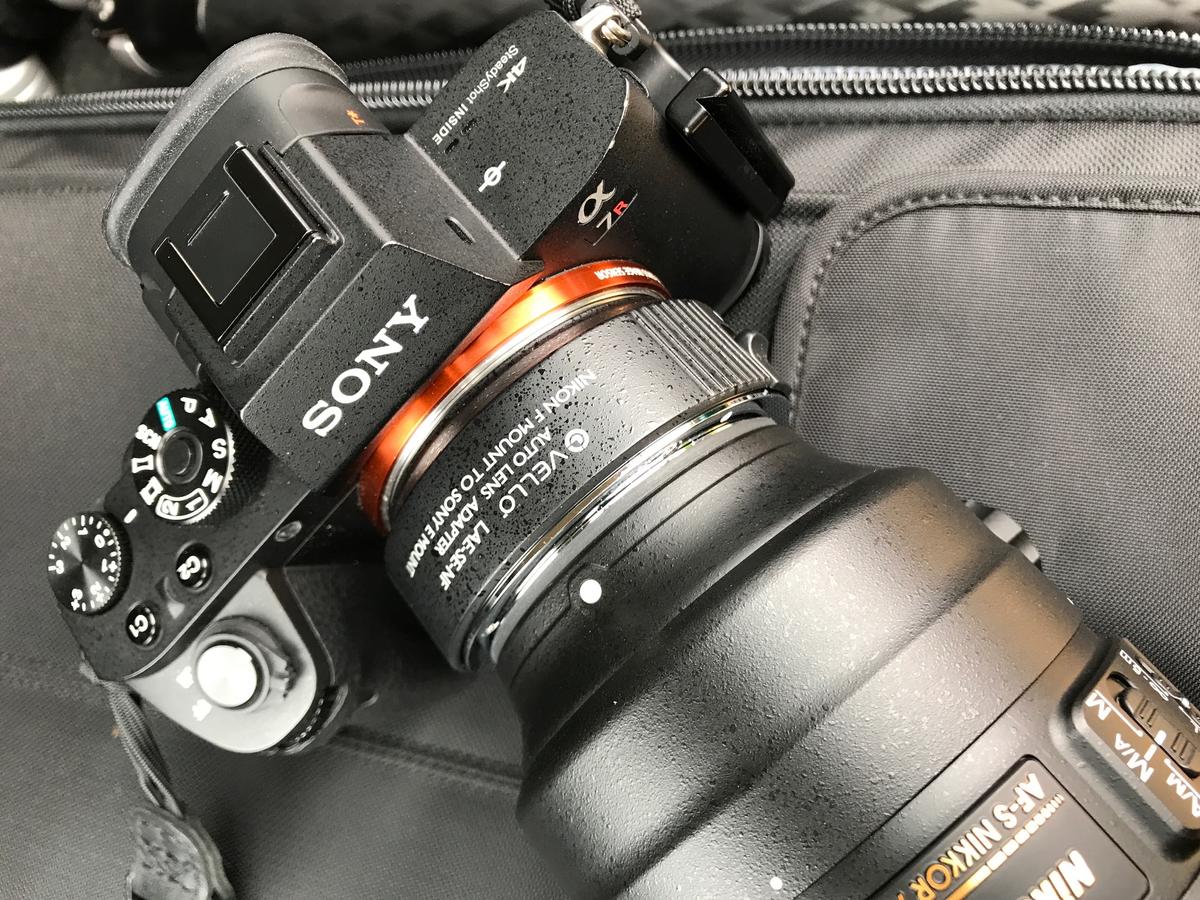
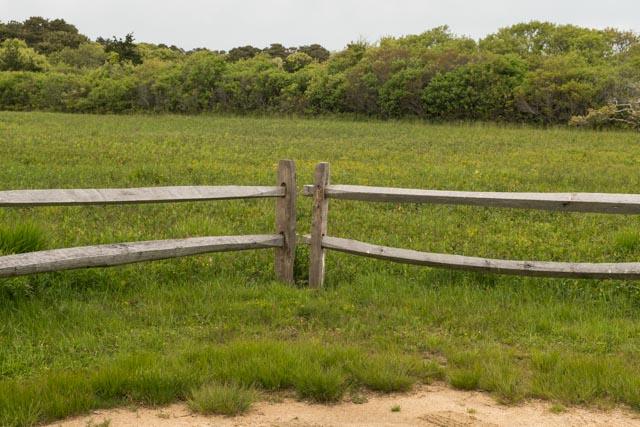 Sony A7R mk ll, Vello adapter, Nikon 70-200mm f 2.8, 3rd gen
Sony A7R mk ll, Vello adapter, Nikon 70-200mm f 2.8, 3rd gen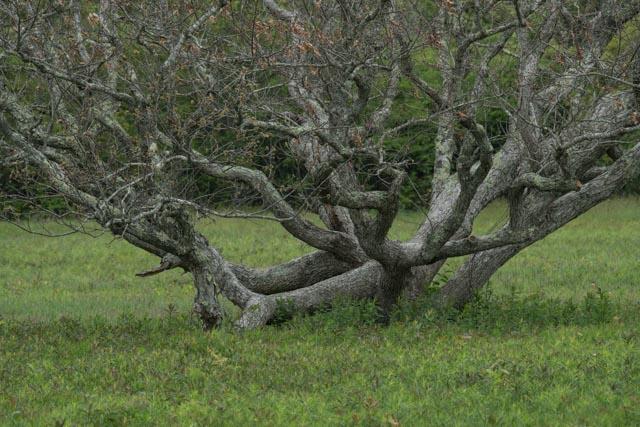 Sony A7R mk ll, Vello adapter, Nikon 80-400mm f 4/5-5.6, 2nd gen
Sony A7R mk ll, Vello adapter, Nikon 80-400mm f 4/5-5.6, 2nd gen